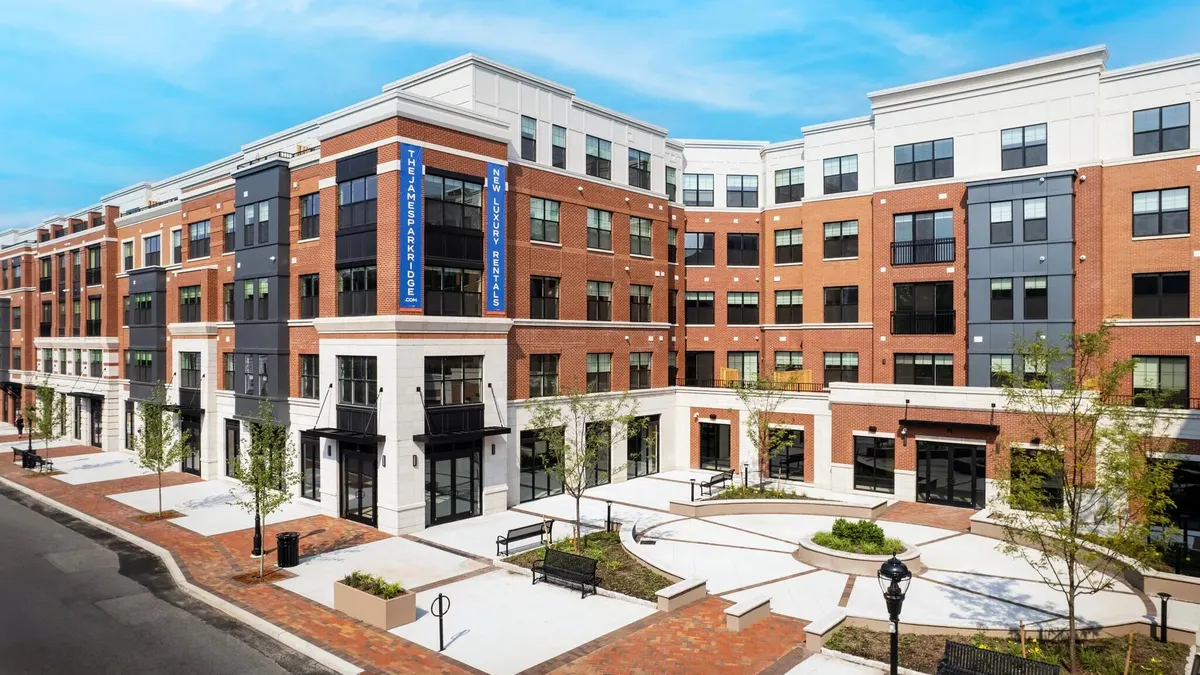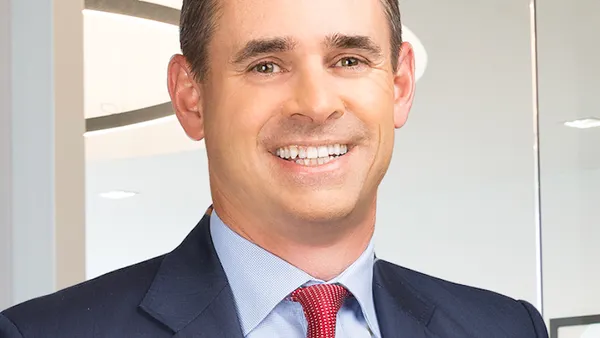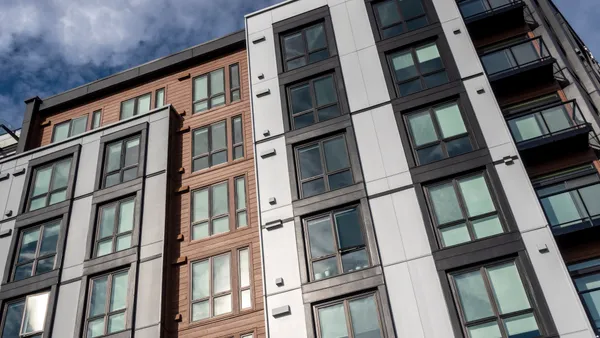Dive Brief:
- The U.S. Department of Housing and Urban Development announced last week that it had distributed nearly $3.16 billion in awards through its Continuum of Care program to over 7,000 projects that provide housing, housing assistance and supportive services to individuals experiencing homelessness.
- This announcement marks the largest-ever distribution of funding in the program’s history, intended to expand resources at a time when homelessness is on the rise in the U.S., according to HUD.
- Almost one-third of this funding was given to projects in the two states with the highest populations of people experiencing homelessness — California at 181,399 and New York at 103,200. California received over $601 million, and New York over $303 million.
Dive Insight:
As of the latest HUD Point-in-Time Count Report, more than 650,000 people were experiencing homelessness on a single night in January 2023, up 12% from a similar count in 2022 and 16% from 2015. The population of people experiencing homelessness rose every year from 2018 to 2020, then flattened from 2020 to 2022 before rising again last year.
HUD attributes this recent increase to changes in the rental housing market, rising rents through 2022 and early 2023, and the end of pandemic-era programs meant to prevent evictions.
In the year since the latest count was taken, HUD said that it has helped 424,000 households connect to housing support services, gain housing or avoid losing their housing in 2023. The HUD report also noted that rent growth has moderated as new rental housing supply comes online.
More new housing units are under construction this year than any other year on record, according to seasonally adjusted data from the St. Louis Fed, with 991,000 underway as of December.
“The current administration has made additional federal resources available to reduce homelessness and expand support systems,” reads the recent America’s Rental Housing Report 2024 by the Harvard Joint Center for Housing Studies. “State and local governments have also invested more than $3.8 billion of their fiscal recovery funds in homelessness services and housing. Even so, considerably more affordable housing and rent subsidies will be needed to prevent further increases in homelessness, to help rehouse people at scale, and to reduce the costs of the homelessness response system.”











